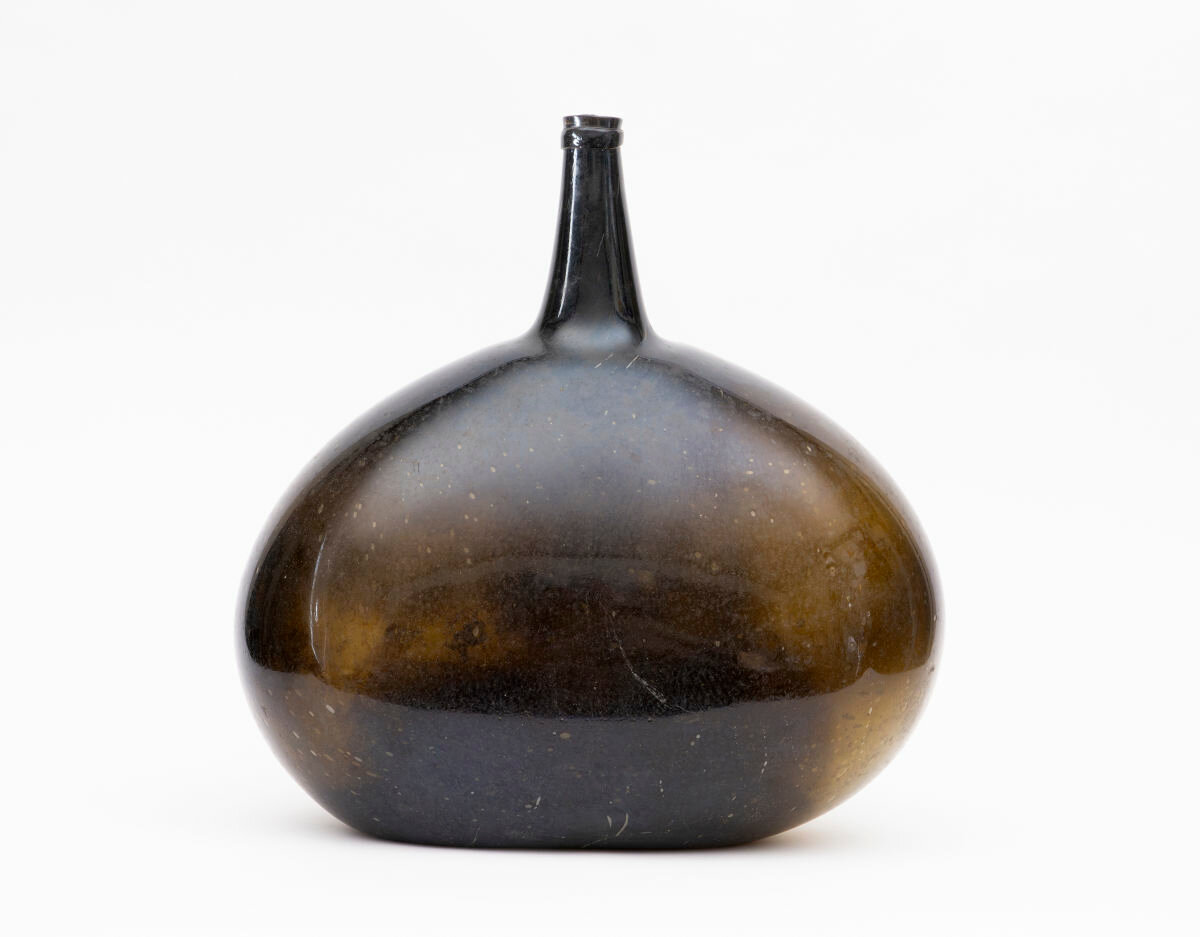'Bittersweet: Sugar’s Sticky Road to Revolution' exhibit
The Rhode Island Historical Society presents " Bittersweet: Sugar’s Sticky Road to the Revolution," the newest exhibit at the John Brown House Museum. The exhibition opens Thursday, May …
This item is available in full to subscribers.
Please log in to continue |
Register to post eventsIf you'd like to post an event to our calendar, you can create a free account by clicking here. Note that free accounts do not have access to our subscriber-only content. |
Day pass subscribers
Are you a day pass subscriber who needs to log in? Click here to continue.
'Bittersweet: Sugar’s Sticky Road to Revolution' exhibit
The Rhode Island Historical Society presents "Bittersweet: Sugar’s Sticky Road to the Revolution," the newest exhibit at the John Brown House Museum. The exhibition opens Thursday, May 25, and will remain in the museum’s gallery until Saturday, December 30.
Sugar and its derivative products (molasses and rum) were among the major commodities that drove the Atlantic world economy. The burning of the Gaspee would not have happened if not for sugar. It is arguable that Rhode Island may not have been so quick to join in the Revolution had its economy not depended so completely on rum, which allowed the colony to engage in, by far, the most profitable trade at the time—the African slave trade.
The exhibit displays objects, maps, and documents related to sugar production, trade, and consumption—from Caribbean plantations to the colonial table—and shows the link between this system and Rhode Island’s entry into the American Revolution.
The museum is open from 1 to 4 p.m. Tuesday to Friday, and from 10 a.m. to 4 p.m. Saturday.






